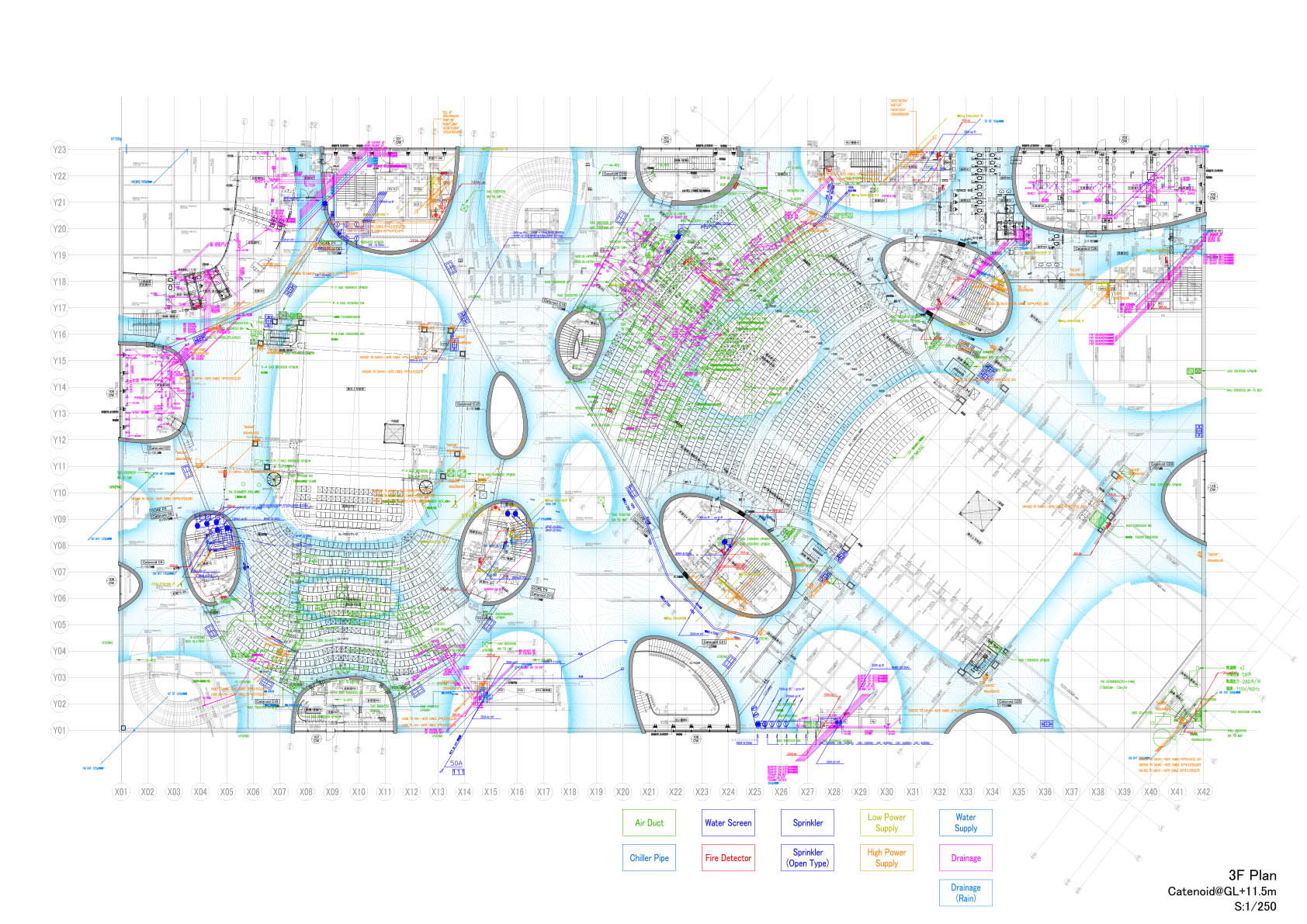
Location and Working Hours
Druker Design GalleryCurators
Farshid Moussavi, Curator Abby Kuohn, Co-curatorExibition design
Harvard, Department of ArchitectureHarvard GSD Exhibition
Architecture as an Instruction-Based Art
The architecture of a building is a product of assemblage, or the way physical elements—forms, materials, textures, colors—are combined to create enclosed and open spaces that have a distinctive presence. In the process of combining these elements, the architect must also address a range of separate and often irreconcilable challenges and constraints, such as security needs, rights of light, sustainability engineering, and regulations for fire, health, and safety. Such constraints are an essential part of designing a building that will exist in a place and time and impact humans and nature. By defining priorities and making choices regarding what is fixed or moveable, traversable or impassable, audible or inaudible, visible or invisible, touchable or untouchable, closed or open, transparent or opaque, and the colors, geometries, and structures that are present, architects are capable of generating unpredictable assemblages that define people’s everyday experience in unique ways.
Unlike the painter or the sculptor, the architect’s final act results not in a completed work of art but in a set of instructions that enable the intended assemblage to be realized. In this sense, an architect’s work is closer to that of a conceptual artist. The architect’s instructions, which incorporate the input of engineers and numerous other experts, are recorded by a team of collaborators. These instructions are then implemented on a site that is usually exposed to the elements and the dynamics of time, often several years, as specialist builders, roofers, carpenters, plumbers, electricians, and decorators complete the building. Meanwhile, however, architects remain both legally and morally accountable for what follows from their instructions.
More information of the exhibition




